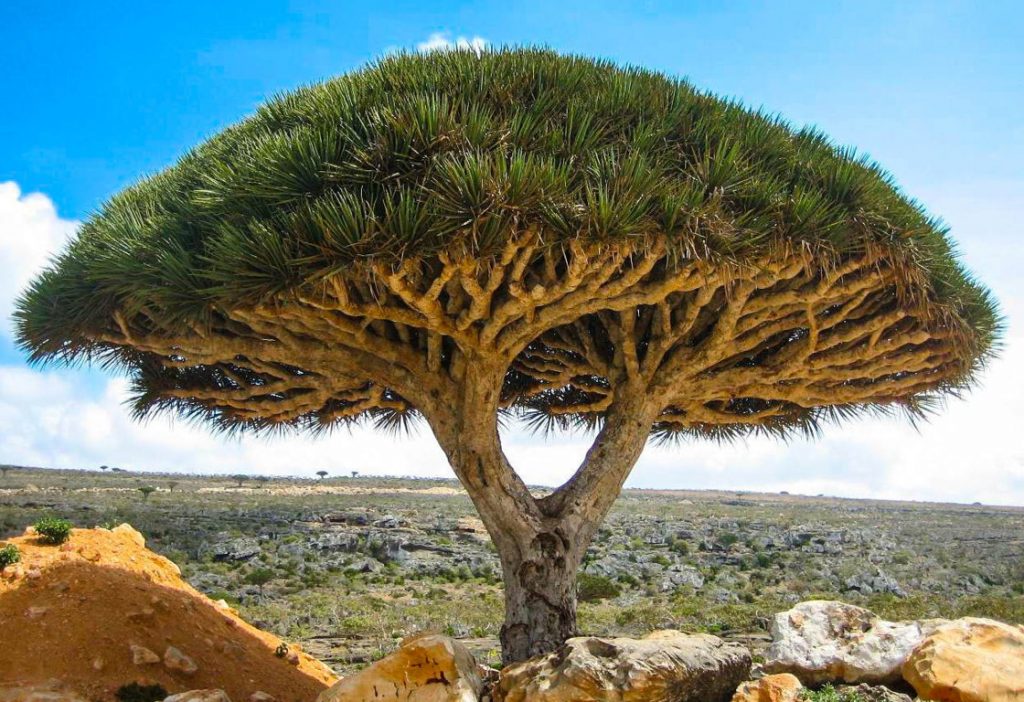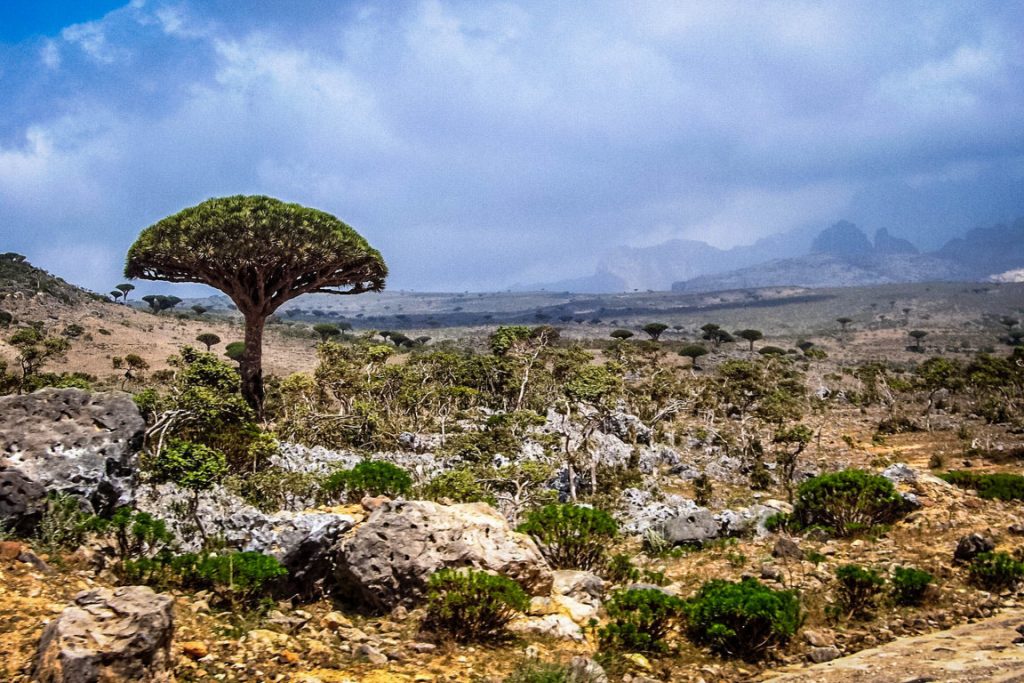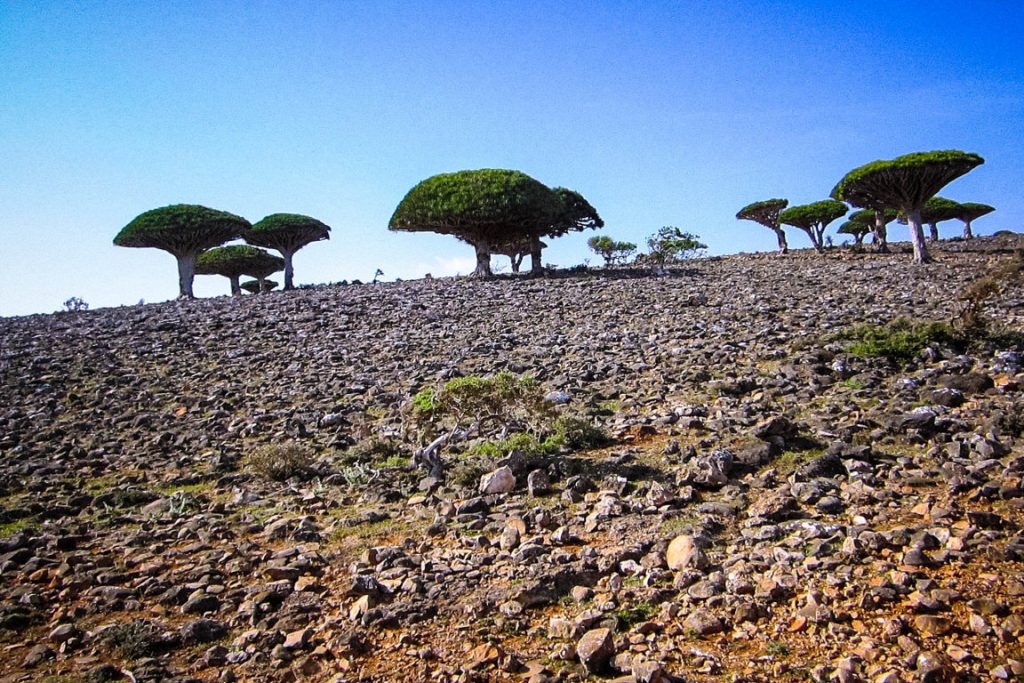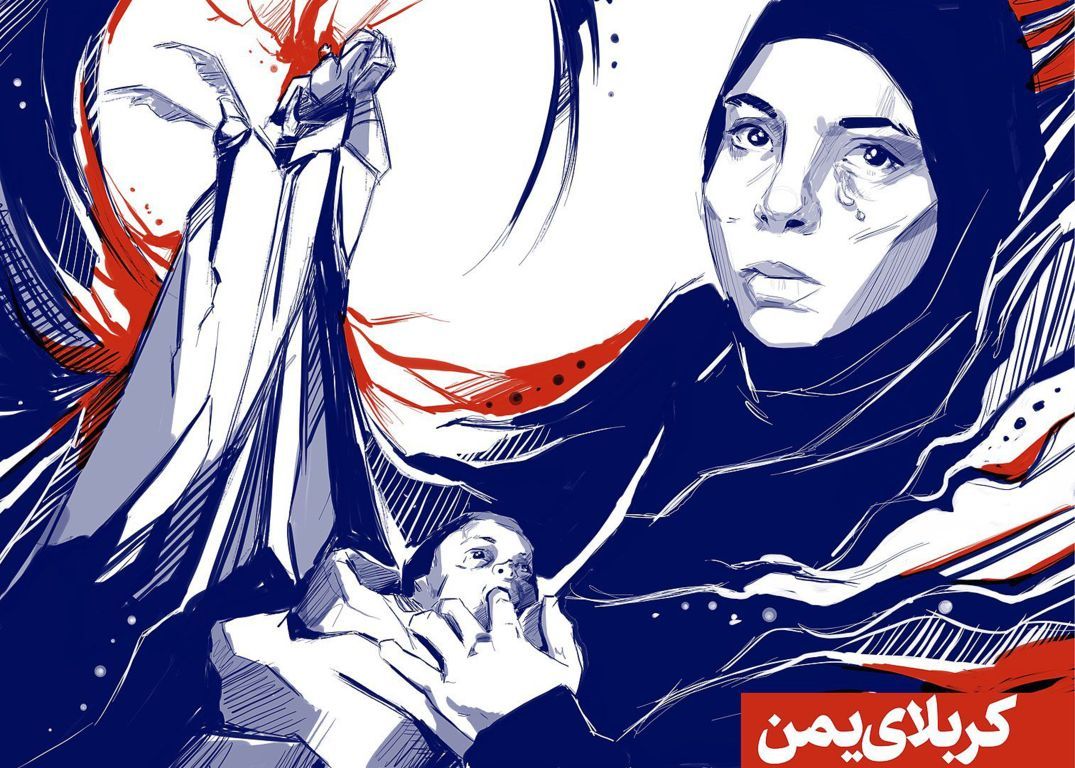Socotra Island, Yemen
Native to a single island in the Socotra archipelago, off the coast of Yemen in the Arabian Sea, the extraordinary-looking dragon’s blood tree, classified as “vulnerable to extinction,” can grow more than 30 feet in height and live for 600 years. The Socotra dragon tree is an iconic tree with a long history of commercial use. It is known only from found in Socotra, Yemen, where it lives within remnants of prehistoric ‘Dragonsblood’ forest on granite mountains and limestone plateaus.
Socotra’s 34-million-year separation from mainland Arabia has given rise to unique flora, 37% of its plant species are found nowhere else.
Looming over the island’s rocky, mountainous terrain, Visually, these trees are stunning. Their branches grow in an outward-forking pattern that gives them the look of a giant mushroom or an umbrella sucked inside-out by the wind.
Uses
The tree is perhaps best known for the red resin it is named after. It produces rich berries and a vermilion sap that has been used for centuries as everything from medicine to lipstick, and even as a varnish for violins. Referred to by the ancients as ‘cinnabar’, it was well known in the trade before 60AD; and the dye ‘dragon’s blood’ is thought to have been responsible for the intense colour of Stradivarius violins.
This remarkable tree has been economically significant for centuries. Local people value it as food for livestock: feeding tiny quantities of berries to cows and goats improves their health, though they cause sickness in excess.
Socotra is drying
According to researchers, dragon’s blood forests are in urgent need of protection now. They face a wide range of threats, including logging, habitat fragmentation, and overgrazing of seeds and young shoots by livestock. Few new trees survive to maturity. The trees currently occupy just 10% of their potential habitat.
Dragon’s blood trees are evolutionary marvels of the plant kingdom, but they may not be around forever. The most significant problem is climate change: Socotra is drying out, with once-reliable monsoon weather becoming patchy and irregular. Research cited in the Forests paper calculates that the dragon’s blood will lose up to 45% of its remaining range by 2080.
Sources
Image Sources
Dragon blood trees
Stop_for_a_stretch_(6407190253)
By Gerry & Bonni – Stop for a stretch, CC BY 2.0, https://commons.wikimedia.org/w/index.php?curid=38582104
1621px-Stop_for_a_stretch_(6407189003)
By Gerry & Bonni – Stop for a stretch, CC BY 2.0, https://commons.wikimedia.org/w/index.php?curid=38582090
Великідереваз_Африки
By Andrey Kotov200514 – Own work, CC BY-SA 4.0, https://commons.wikimedia.org/w/index.php?curid=48864305
1620px-Dragon_blood_trees_(6407197151)
By Gerry & Bonni – Dragon blood trees, CC BY 2.0, https://commons.wikimedia.org/w/index.php?curid=38582096
1620px-Dragon_blood_tree_(6407167783)
By Gerry & Bonni – Dragon blood tree, CC BY 2.0, https://commons.wikimedia.org/w/index.php?curid=37563129
















